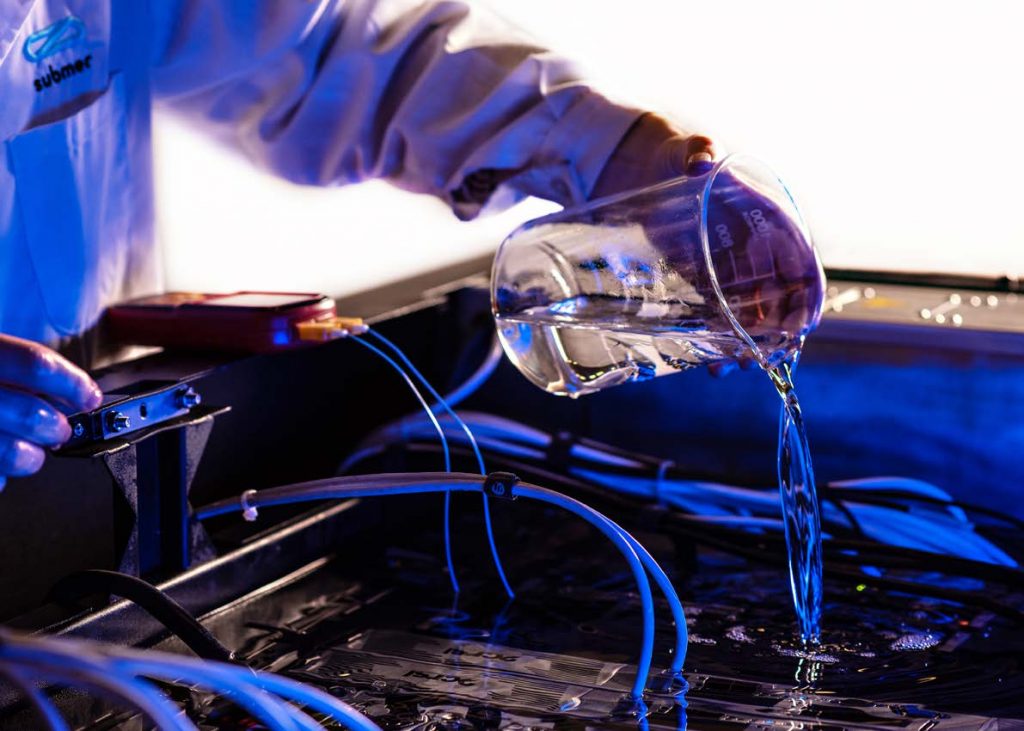Liquid cooling vs immersion cooling vs submersion cooling
As electronic devices and machines work, they produce heat. However, the way the heat produced is dissipated is usually determined by the cooling system, which also ensures that the optimal temperature of the device is maintained.
This article takes a detailed look at the different types of cooling systems, which include liquid cooling, immersion cooling, and submersion cooling, and the features and functionalities that make them distinct.
What is liquid cooling?
As the name implies, a liquid cooling system applies liquid components in maintaining the temperature of devices. In a liquid cooling system, coolants are circulated in tubes to maintain the desired temperature. The system also has water blocks and radiators for moving the coolants around.
Liquid cooling does not require many fans, and herein is its biggest appeal. Only a few fans are needed to move coolant through the tubes and to all required parts of the device.
The reduced fan requirement for liquid cooling means that the device or gadget produces less noise. This is particularly true for PCs when liquid-cooled ones are compared with air-cooled ones. Air-cooled PCs are bound to make much more noise than liquid-cooled PCs.
Liquid cooling systems are also great for areas where space is a constraint. Air cooling systems could be replaced with water cooling systems when there is a significant space limitation.
What is a liquid immersion cooling system?
The way liquid immersion cooling systems work is in the name. Immersion cooling systems are designed in such a way that the electrical components of the device are immersed in the coolant. These systems were designed to achieve a more efficient means of heat transfer. The systems could be open-air or closed. They could also be single-phase systems or double-phase systems.
Immersion cooling systems can both reduce the power consumption of devices and gadgets and reduce environmental footprints. The performance of immersion cooling systems is dependent on the type of liquid used.
What is submersion cooling?
Submersion cooling systems, just like immersion cooling systems, involve placing the equipment in coolants. The equipment is placed in tanks filled with non-conductive coolants. These systems have been especially deemed suitable for use in data centres where high-volume computing occurs.
The application of submersion cooling systems in IT can be described as a crossover from the power sector as the cooling systems are routinely used in cooling large power distribution components.
Submersion cooling systems do not need fans. A radiator mediates the exchange between the cool water circuit and the warm coolant. Non-conductive coolants are required so that they do not interfere with the operations of the device, particularly IT devices.
What are the major differences between immersion, submersion, and liquid cooling systems?
One of the significant differences between the three cooling systems listed in this article is that immersion and submersion cooling involve the use of non-conductive coolants, which coolants could be dielectric too. However, the liquid cooling system is designed as an improvement over air cooling because of its numerous limitations. Liquid cooling was further specialised into immersion and submersion cooling for enhanced efficiency.
Conclusion
The cooling systems in this article have various features and functionalities but are different in so many ways. In the future, there are predictions that more cooling systems will be designed to be more efficient and meet up with increasing demands in the IT sector.




